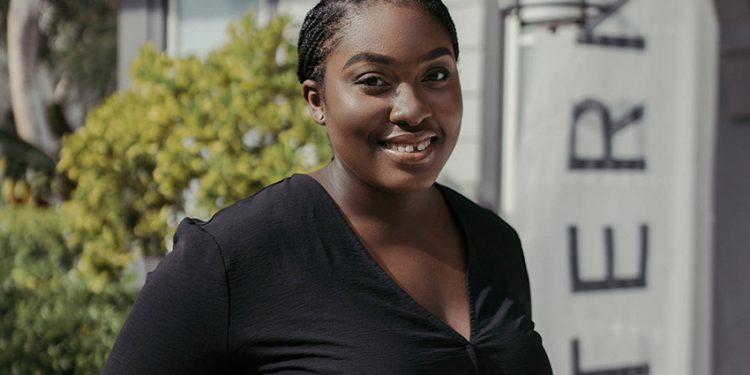For years the Caribbean region has patiently waited for reparations to be disseminated to us, as we still seek to heal from the brokenness of our colonial past. The systemic effects are far-reaching and it has affected our perspectives on various facets of our socio-cultural identity; art being one of them. For too long we have bowed to Eurocentric standards and ideals of art, negating the brilliance of our own modern, contemporary artists.
As the region continues to evolve, seeking to navigate through its identity politics, we are tremendously blessed to witness the emergence of free thinkers who reject Eurocentric ideals. It’s upon the premise of that revolutionary, artistic ideology that TERN Gallery was born. TERN is a new gallery in Nassau aiming to bring Bahamian and Caribbean art to the international stage. TERN opened it’s doors on December 7, 2020, and is being spearheaded by an all-woman team of valiant, artistic renegades. The team is led by Lauren Holowesko Perez, Director of The Island House, and the incomparable Amanda Coulson. For a few months shy of a decade, Coulson served as the Executive Director of the National Art Gallery of The Bahamas but is transitioning from appointment to lead TERN in May 2021. Coulson sees the need for a gallery to showcase Bahamian and other Caribbean islands’ art at an international level and desires to use her connections and strategic insights to afford opportunities inaccessible to the youth on the island and across the region.
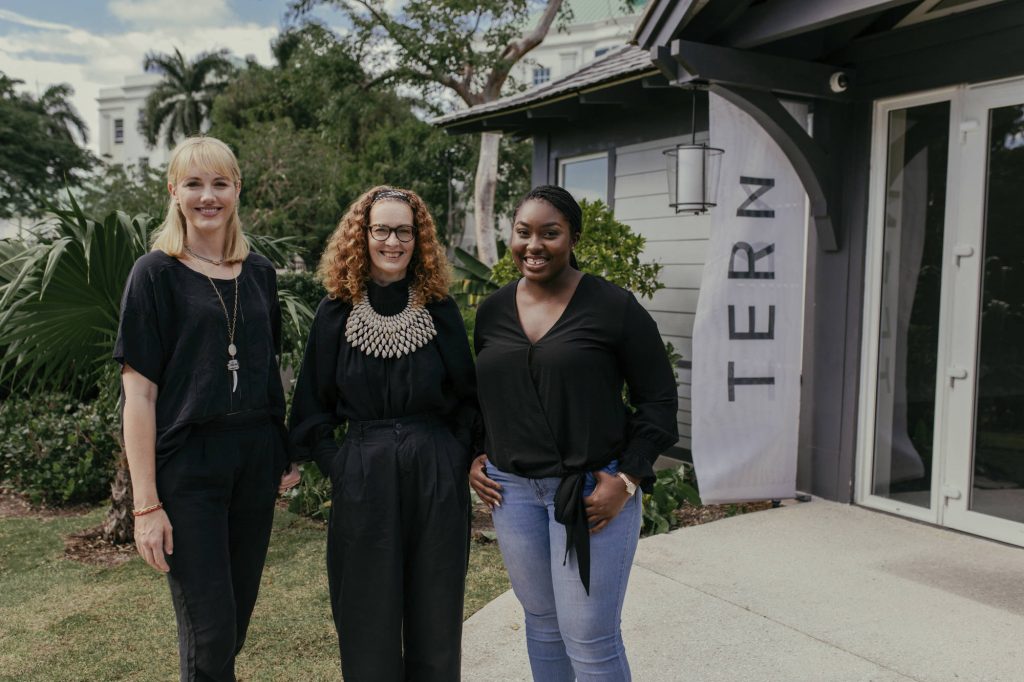
TERN’s first exhibition, “Inherited Values”, will run until February 8, 2021. “Jodi Minnis, our brilliant Gallery Manager, and Curator named the show Inherited Values as the importance of preserving and creating sustainability within our cultural traditions and micro-economies became painfully apparent throughout the COVID-19 pandemic and devastating economic impact,” says Perez. “It was important and timely for TERN to spark further investigation and thought into the fragility of our current micro-economies and highlight the importance of sustainability, innovation, and collaboration.”
The exhibition features work by the immensely talented Anina Major and Kendra Frorup. These two Bahamian artists are influenced by and reflect in their work the memory and cultural tradition of the straw industry and Mortimer’s Candy Kitchen—a Nassau landmark beloved for its confections and community impact. TERN intends to open a new space of possibility to uplift local thinkers and creators whose contributions have previously been under-recognized in the international art scene. This synergy between local specificity and the worldly appeal is embodied by the gallery’s name, which refers to a species of beach bird that is native to The Bahamas but migrates worldwide.
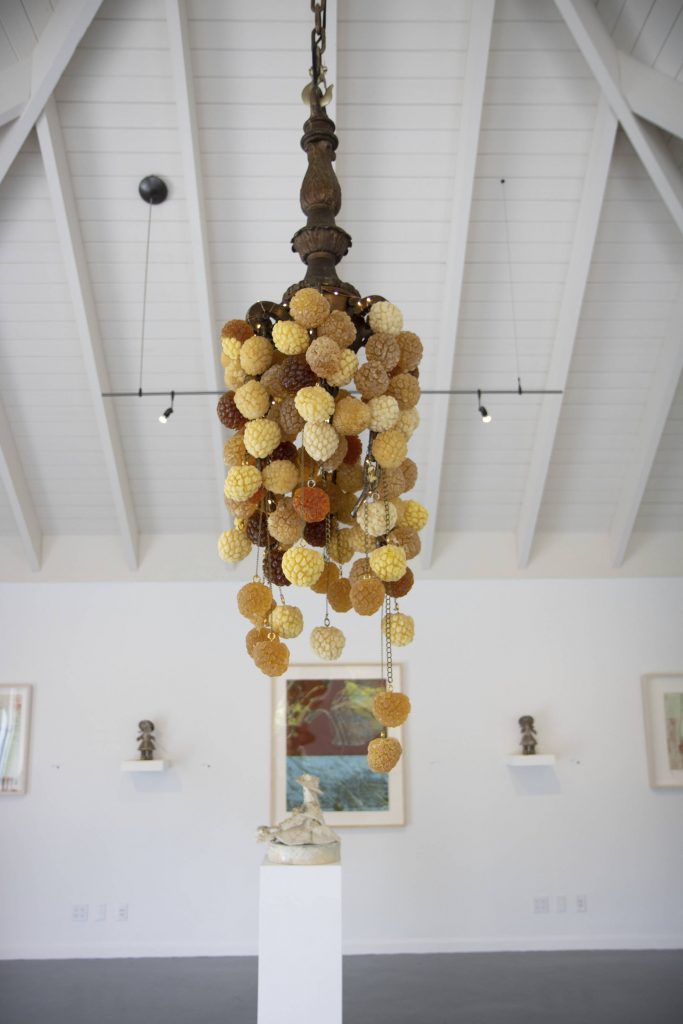
Bahamian Art, from its history, has always had a touristic element. Some of the first individuals who are credited for doing art on the island were artists like European Winslow Homer and Albert Bierstadt. These artists focused on painting the Bahamian landscape and seascapes, and the precedence these visiting artists set has affected Bahamian art for a long time. Coulson’s vision for TERN is to have art displayed that is provocative and a source of social commentary, not just tourist-friendly, landscape pieces. “In our region, there are so many issues that are not being discussed and not being confronted. Artists reflect their time and our history! When you’re dealing with artists whose work in many ways confront the legacy of colonialism, the art becomes a bit like therapy,” expresses Coulson.
The women of TERN, are not only in the art industry for it’s perceived earning potential but they are all extremely passionate about ameliorating cultural gaps in the region. Minnis was candid and transparent about her intentions saying, “I consider myself as a cultural worker rather than just an artist or curator or writer. It’s hard to find one term that specifically encompasses all of that, hence, why I embrace the title of cultural worker. An understated aspect of cultural contribution is uplifting and inspiring the posterity.”
Coulson expressed delight at having Jodi Minnis as apart of TERN and although she is the youngest on the team, she was unashamedly praised saying, “Jodi is amazing at what she does! A big part of the work I am trying to do with TERN is to set a precedence of always bringing somebody up. It’s so important to ensure that whatever you learned in your life, you are passing on. A big problem we have in the Caribbean is that people like to get into a position of power and then hang on to it. They don’t do any kind of succession planning or they don’t share the knowledge with the younger generation.”
In a new paradigm of Bahamian Art, TERN undoubtedly has a role to play, and veteran, matriarch artist Kendra Frorup stated, “when TERN first connected with me, one of the appeals was that there was exposure outside of The Bahamas. There are so many artists I teach that whose work goes beyond the cliché of someone seeping under a palm tree. There are great conceptual artists in The Bahamas and I hope that TERN causes other art galleries and spaces in the island to step up their game, in regards to providing international exposure.”
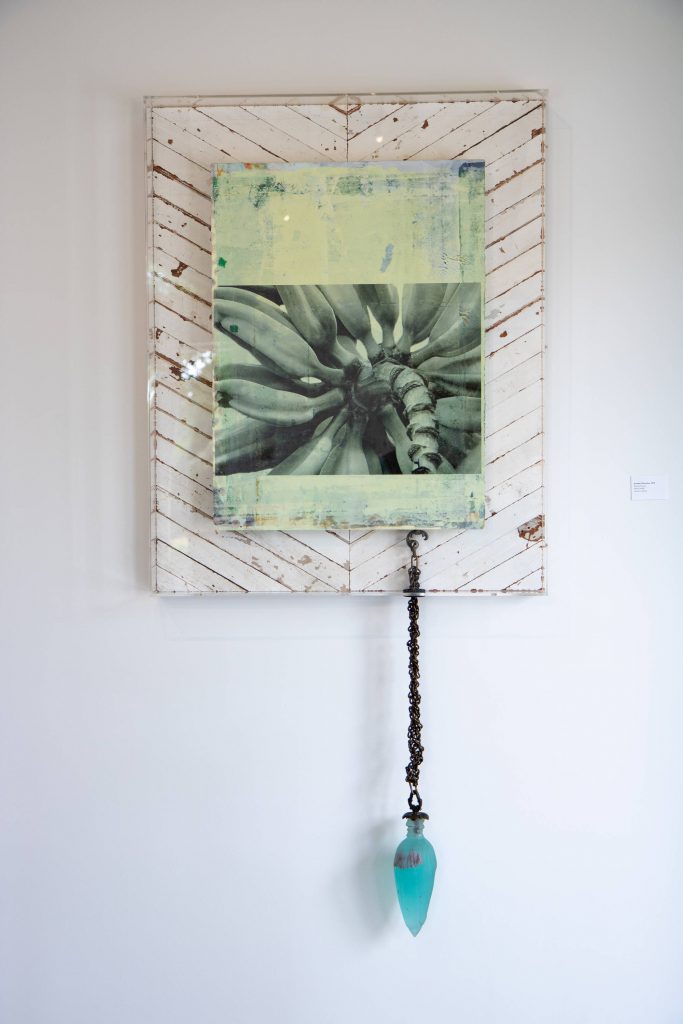
Anina Major is an artist who grew up emulating Frorup and she exemplifies the unique approach to art, that is embedded in the mentality of all the intriguing women of TERN gallery. Major expressed, “the motivation behind my work is not solely artistic but there is also archeological intent behind it. I’m trying to leave behind remnants of who we are and who I am, for whoever to study. I want to measure the impact of art on our purpose and Caribbean existence. I think our lives in the Caribbean are often not valued as much as they should. As a region, our art and existence have been very commodified. “
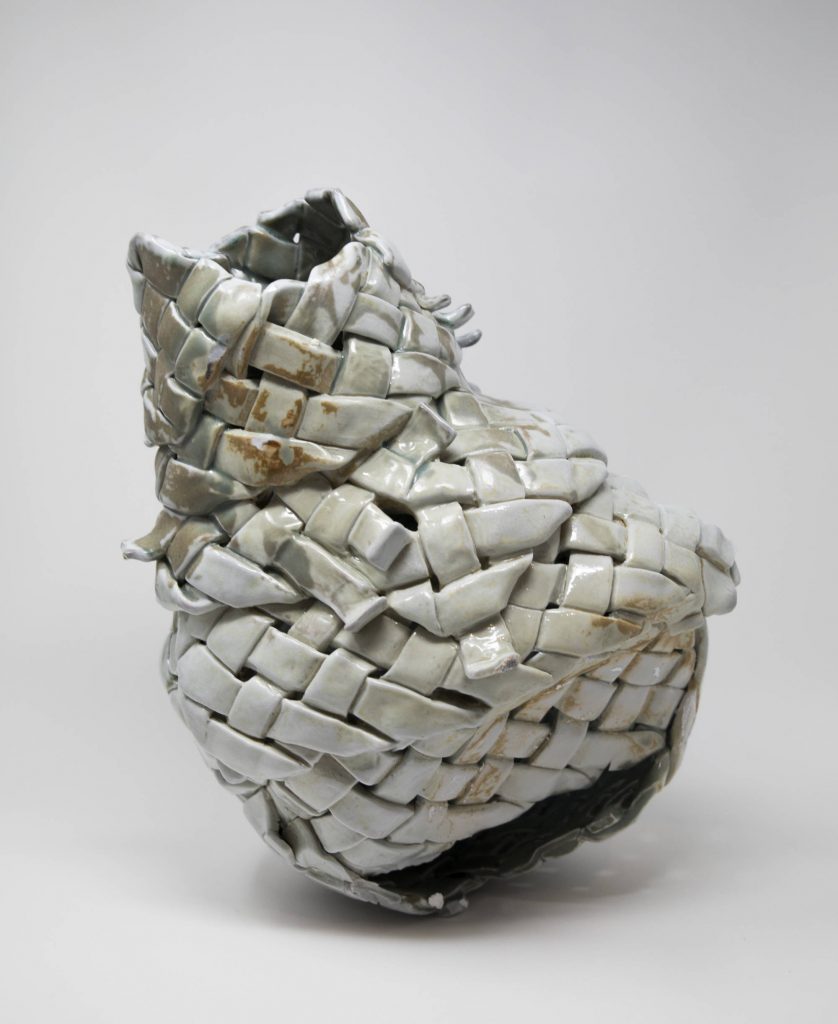
In closing Coulson summarized her vision for TERN by expressing “if you can show up and represent your country in a way that nobody else has; whether it’s in architecture or engineering and of course art – That’s a beautiful sentiment. I feel like because of the way The Bahamas is branded, people have a myopic view of our culture and our everyday lives. We are a country and we have the complexities just like any nation would have and we want the Art in TERN to reflect that. ”


